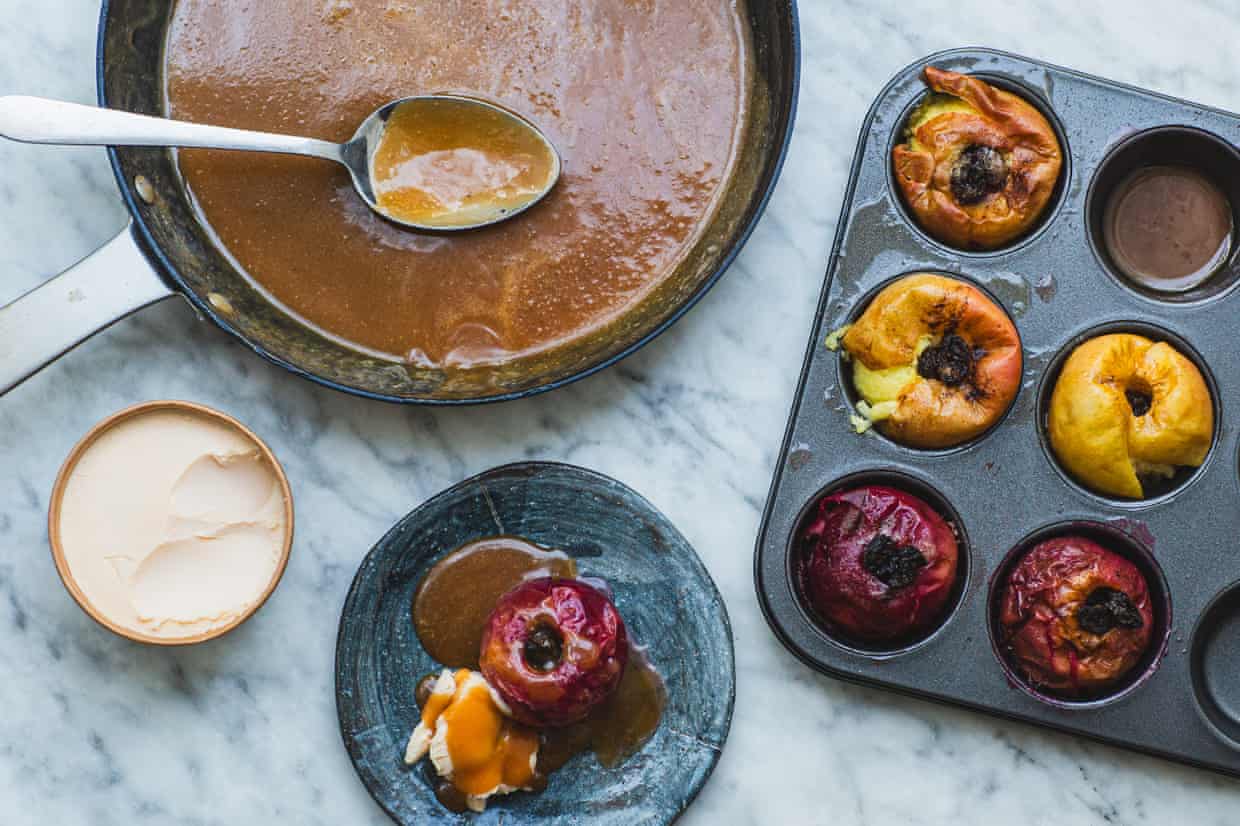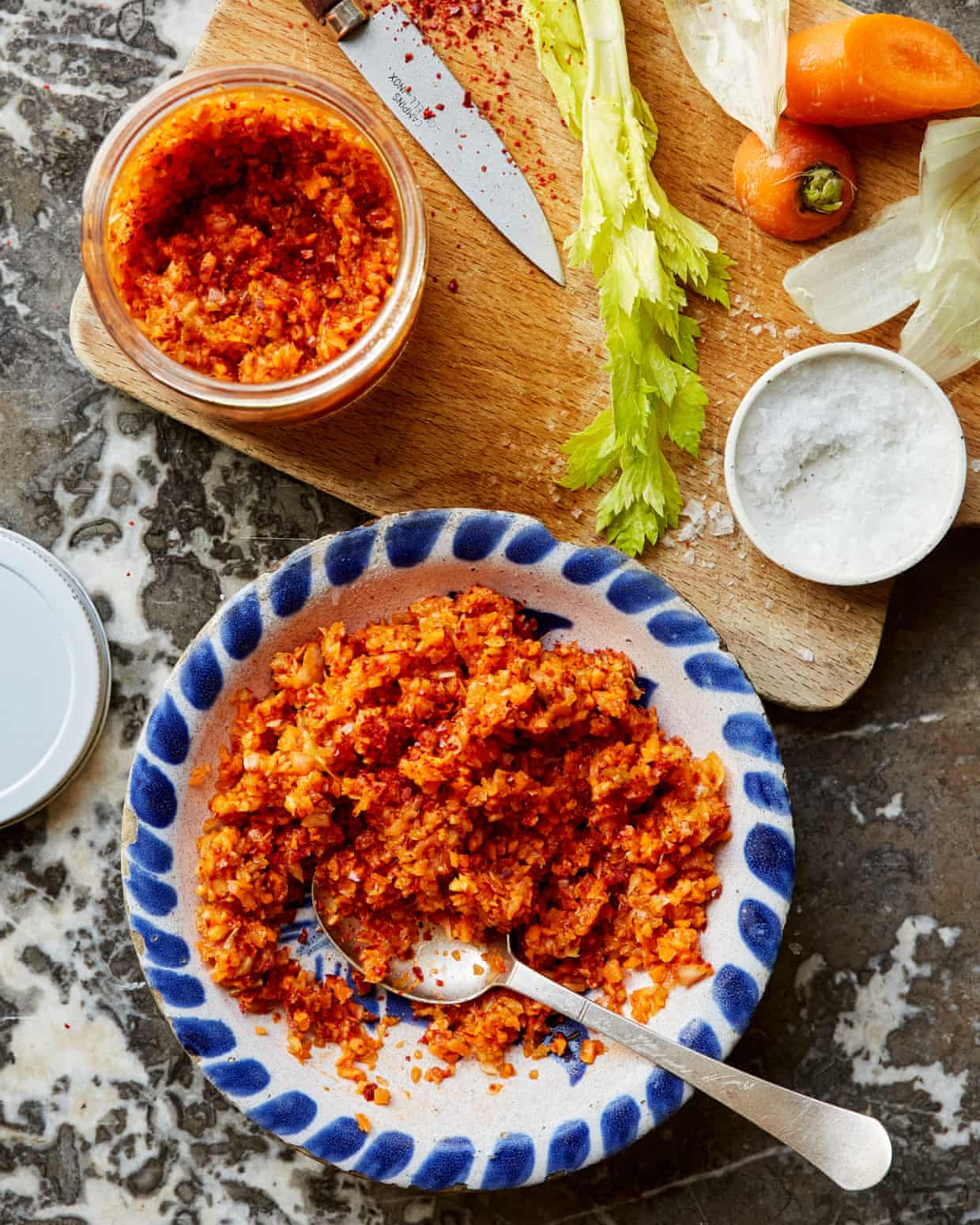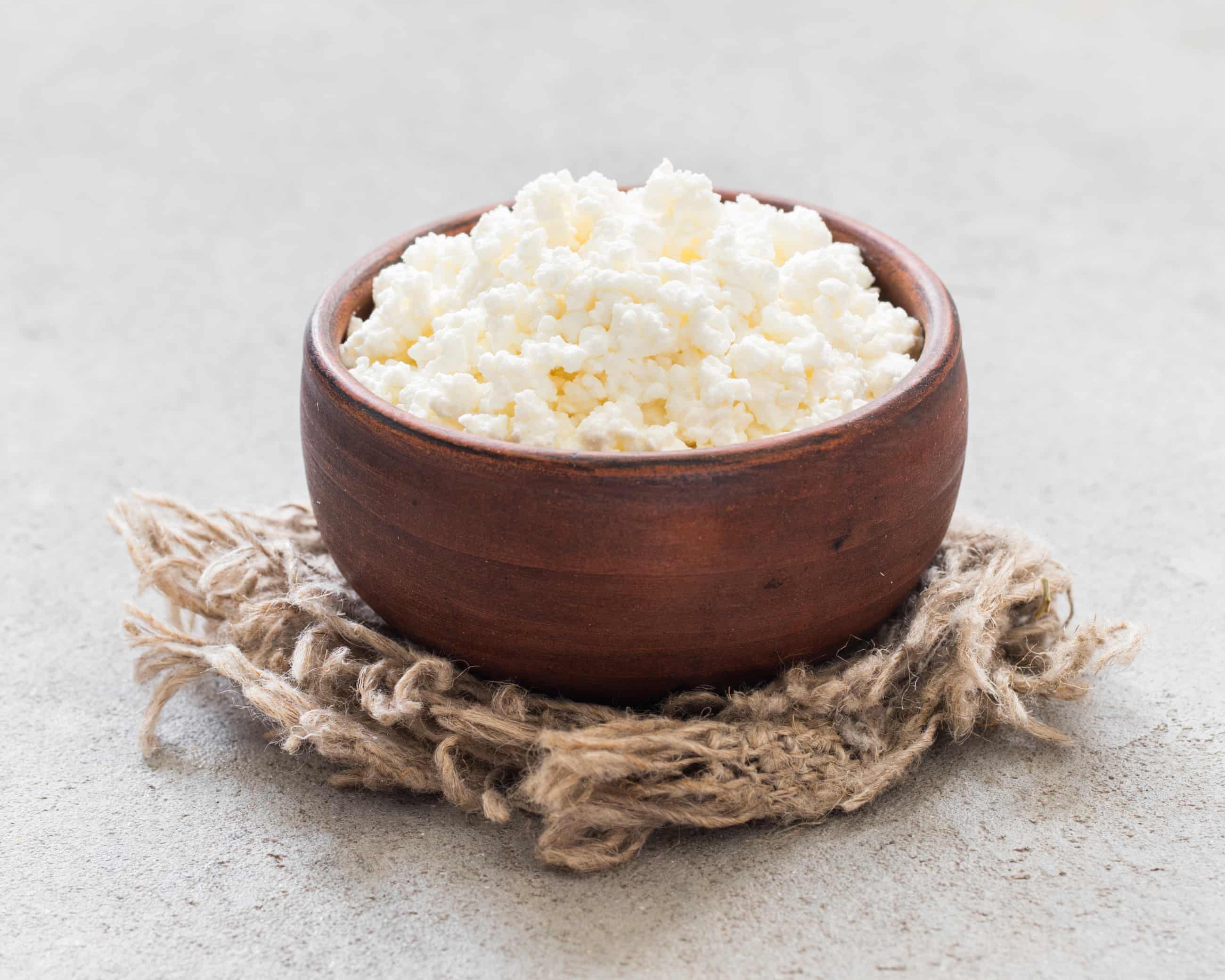Is it better to be occasionally brilliant or consistently good? Ask the Wallabies | Daniel Gallan

Is it better to be a consistently good team or an occasionally brilliant one? We’ll find out by the end of Australia’s European tour.But now, after a 26–19 loss to Italy in Udine – their second defeat in as many matches on this crucial trip – the answer seems obvious.Because despite the Wallabies’ flashes of brilliance throughout the Joe Schmidt era, their inability to deliver steadily could yet prove costly.At present, the Wallabies are ranked seventh on World Rugby’s charts.If that doesn’t change, the hosts of the 2027 World Cup will be drawn alongside one of the top six teams in the group phase.
Even if they progress, Australia would likely face another stiff challenge at the first knockout stage.That’s not the kind of jeopardy a rugby nation of this pedigree should be flirting with.Anyone who has regularly watched Australia over the past 18 months will be baffled by all of this.They have been magnificent in patches – at times one of the best sides in the world.They were blistering against South Africa in Johannesburg in August, claiming a remarkable 38–22 comeback through slick interplay and bravery with ball in hand.
They were equally proficient in the final Test against the British & Irish Lions, grinding out a dogged 22–12 win to deny the tourists a whitewash.They chanced their arm against Argentina in Townsville, turning down kickable points to snatch a stunning 86th-minute victory.If you only watched the highlights, you’d see a fluent team that spirals the ball wide, attacks the breakdown with fanatic fervour and strikes from first-phase play.When the initial wave dissipates, they show composure and patience, cycling possession as they methodically build towards their goal.This is a good team.
A well coached team.A team that knows what it’s about.But between those famous victories and moments of triumph lie performances that challenge the idea of a renaissance.There was an abject showing against the Lions in the series opener.A shoddy outing against the Springboks in Cape Town.
Two predictable implosions against the All Blacks.And a sorry display at a soggy Twickenham against England last week.One step forward and one step back is better than two steps back, but it’s hardly the stuff of revival.Schmidt’s pragmatic influence has steadied a ship once full of holes, and improved results.He’s also inspired recruitment of talent from rival codes, including the returning Carter Gordon, who scored with a nifty side-step.
But is it enough? Are the Wallabies truly back, or merely searching for a previously trodden path?That depends on what “back” means.Are they World Cup contenders as they were in 1991 and 1999 when they lifted the trophy, or in 2003 and 2015 when they reached the final? No.Not yet.Not even close.So, what are they?Against Italy they were neither great nor dreadful.
They bagged two tries through front-rowers in the first half – Matt Faessler and Angus Bell burrowing over from close range – and largely rectified their sloppiness under the high ball that they showed against England.But the game was a microcosm of their broader malaise: moments of energy offset by costly lapses.The most tangible of those came just before half-time, when Taniela Tupou collected a pass on the gallop, skipped around a defender, rode another challenge and surged forward.The Wallabies were on the front foot and looking to orchestrate something from unstructured play.Then, inexplicably, the ball spilled forward.
Italy countered.The danger passed when Australia won a penalty on the floor soon after, but the sense of frustration lingered.They led 12–9 at the break after 40 minutes of hard graft, but the feeling was of something half-finished, a tune played out of key.That mood hardened midway through the second half.With Italy leading after Monty Ioane’s try, Australia pressed again.
They pounded the line on 68 minutes, phase after phase, bodies piling in.But they were held up over the line; another chance gone.It was the story of the night: plenty of possession, little incision, and no spark of invention beyond one-up runners and short passes around the corner.Sign up to The BreakdownThe latest rugby union news and analysis, plus all the week's action reviewedafter newsletter promotionWhen full-time came, it was difficult to know exactly what to make of it.Australia had competed.
They had shown intent.But they had not convinced.The outlines of a proper team are there – an improving set-piece, improved defensive structure, a handful of genuine match-winners – yet the brushstrokes remain uneven.Schmidt has clearly given the Wallabies a plan, but plans need execution, and execution requires habit.The best teams make the extraordinary seem routine; the Wallabies too often make the routine look extraordinary.
So, is it better to be consistently good or occasionally brilliant? Australia remain trapped somewhere in between, capable of beauty, vulnerable to chaos, and still searching for the kind of steady excellence that turns potential into power,Until they find that rhythm, they’ll remain a team of flashes, not finishes,

How to turn the dregs of a tin of golden syrup into a delectable toffee sauce – recipe | Waste not
Lyle’s golden syrup comes in the most ornate and nostalgic of tins, but the syrup inside often proves almost impossible to extract entirely. Turn what might otherwise be wasted into this luxurious toffee sauce to savour on Bonfire Night, especially when drizzled generously over cinnamon baked apples with scoops of vanilla ice-cream.Apples transform beautifully when baked, turning this hyper-seasonal fruit into a super-simple yet decadent dessert. I prefer cox or braeburn varieties (ie, something not too large), so you can serve one apple per person.Gordon Ramsay’s recipes are my go-to for traditional techniques that deliver reliable results

Mirepoix kimchi and vegetarian umami chilli: Kenji Morimoto’s recipes for cooking with homemade ferments
Cooking with ferments brings a tremendous amount of flavour to whatever you’re making, and it’s a great way to showcase how an ingredient evolves through the application of heat. The idea of combining a Korean preservation method with a French technique is exactly what I love about creativity in the kitchen. This mirepoix kimchi is not just a fun ferment to dot on savoury oatmeal or eat alongside cheese, but it also acts as the backbone for a plant-based, umami-filled chilli.This versatile, umami-rich paste is a twist on the classic mirepoix and can be used to add a hit of flavour to everything from soups to marinades, or even enjoyed as is.Prep 10 min Ferment 2 weeks+ Makes 500ml jar150g carrot 150g white onion 150g celery 13½g salt (or 3% of the total weight of the first three ingredients)½ tbsp red miso, or fish sauce½ tbsp sugar 15g gochugaru chilli flakesRoughly chop the vegetables (there is no need to peel the carrots if they have been rinsed), then put them in a food processor

The many uses of leftover chutney, from breakfast to soups and glazes | Kitchen aide
Every Christmas I’m given chutney, and I still have four barely used jars. What to do with them before the next lot arrive? Christine, OxfordThis sounds like a job for Claire Dinhut, author of The Condiment Book, who also goes by the moniker Condiment Claire. She would approach this meal by meal, starting with breakfast. “It might not seem so obvious,” she says, “but I put Branston pickle on my avocado toast. If you think about it, you often add acidity, which is usually lemon, but chutney is punchy and has that same tang, as well as a bit of texture

Divine dining: Australian church restaurants claim their own devout followings
At these places of worship, secular and churchgoing diners place their orders for coffee, curry puffs and za’atar pastries, served with kindnessGet our weekend culture and lifestyle emailOn Sunday mornings, thousands stream through Our Lady of Lebanon Co-Cathedral, a Lebanese Maronite Catholic church in Sydney’s western suburbs. In between back-to-back mass services, worshippers rush to its onsite cafe, Five Loaves.“Sunday is our busiest day,” says Yasmin Salim, who has fronted the counter for eight years. Lines are long and diners’ appetites are large: a single customer might ask for 10 pizzas and 10 pastries flavoured with za’atar, the Middle Eastern herb mix. “It’s like at Maccas, everyone wants their french fries,” says Salim

How to make rotis – recipe | Felicity Cloake's Masterclass
These staple north Indian flatbreads come in a variety of forms – thinner, softer versions cooked on a flat tawa are also known as chapatis, while phulkas employ the same dough, but are held over a flame until they puff like a balloon. Either way, they’re great for scooping up meat and vegetables, or for mopping up sauce. Years of practice makes perfect, but this recipe is a good place to start.Prep 25 min Rest 30 min Cook 15 min Makes 8165g atta (chapati) flour, plus extra for dusting (see step 1)¼ tsp fine salt 1 tsp neutral oil Melted ghee or butter, to serve (optional)If you can’t find atta flour, which is a flavourful, very finely milled wholemeal flour that can be found in south Asian specialists and larger supermarkets, food writer Roopa Gulati recommends using a 50:50 mixture of plain flour and wholemeal flour instead. Put the flour and salt in a large bowl, whisk briefly, then make a well in the middle

Pancakes, cheesecakes, dips, breads, mousses and … ice-cream? 17 mostly delicious ways with cottage cheese
High in protein, low in fat, the 70s ‘superfood’ is having another moment. Its fans say you can do almost anything with it. But should you?When I heard that cottage cheese was experiencing some kind of renaissance, my first thought was: “This is what comes of complacency.” I’d thought of cottage cheese as being safely extinct, but per capita consumption statistics show that, while it fell slightly out of favour, it never really went away. And now it’s having a moment

Tesla shareholders approve $1tn pay package for Elon Musk

Amazon sues AI startup over browser’s automated shopping and buying feature

Google plans to put datacentres in space to meet demand for AI

LOL: is this the ultimate texting faux pas (and what should you use instead)?

Elon Musk’s $1tn Tesla pay deal to be rejected by huge Norway wealth fund

Apple Watch SE 3 review: the bargain smartwatch for iPhone